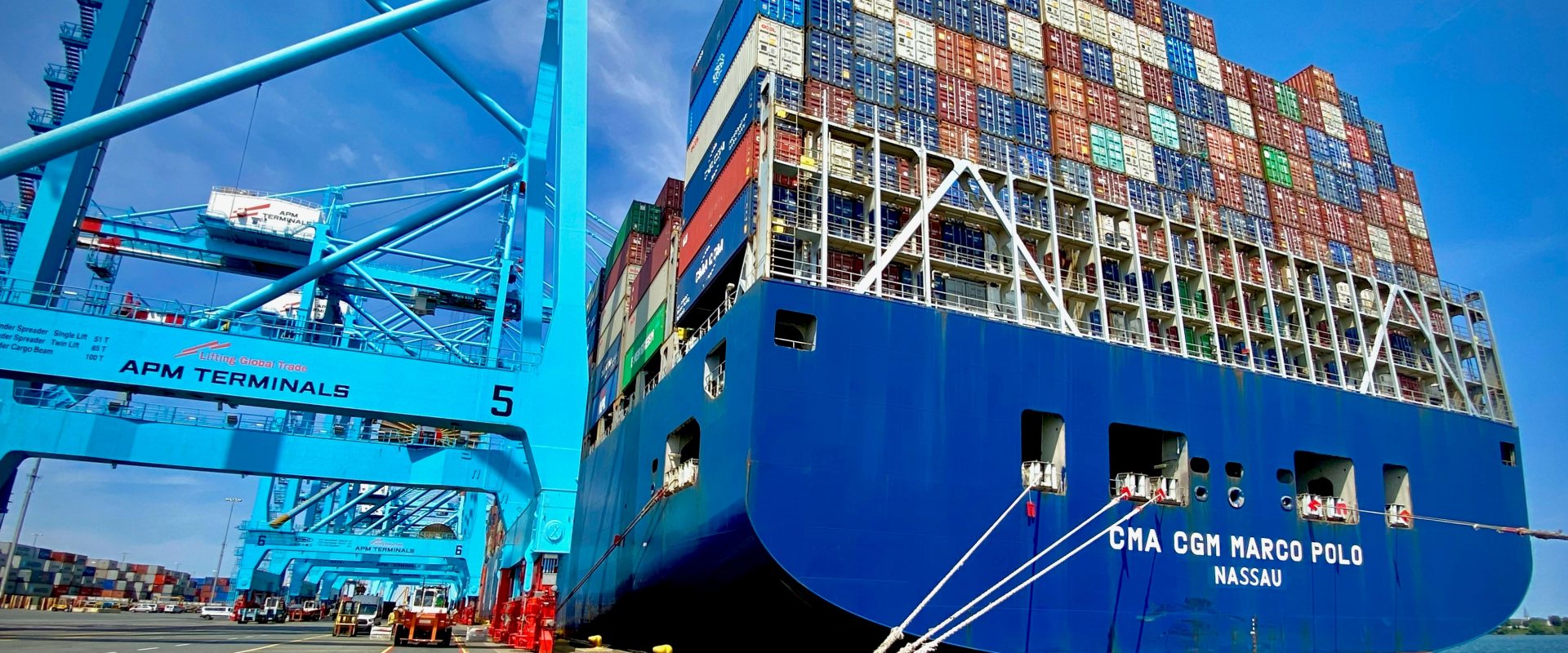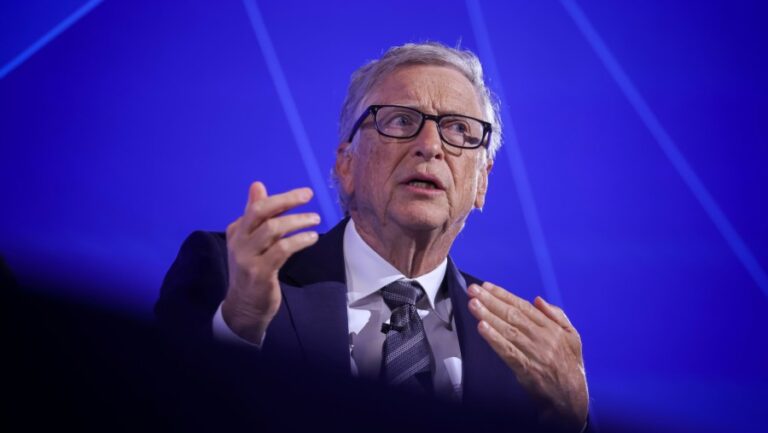President Donald Trump, once again targeting China with renewed threats of economic pressure, has warned that tariffs on Chinese goods could increase significantly as early as February 1. During a press conference in the Oval Office, Trump indicated that a 10% tariff could soon be imposed on all Chinese imports, marking a shift from his previous trade strategies. The president’s words came amid ongoing discussions about trade imbalances and the broader economic challenges facing the United States, including the opioid epidemic, which Trump has linked to the flow of fentanyl from China.
This latest tariff threat represents a critical moment in Trump’s trade policy, especially considering the context of his previous confrontational stance towards China. In his first term, Trump implemented a range of tariffs as part of his strategy to reduce the U.S. trade deficit and address concerns over intellectual property theft and unfair trade practices. However, the renewed focus on tariffs comes at a time when both the U.S. and China face significant economic challenges, and the potential impact of these measures could be far-reaching.
The 10% tariff proposal, although lower than some of the president’s earlier threats, is nonetheless a signal of his intention to apply economic pressure to achieve diplomatic goals. Trump’s administration has long framed China’s trade practices as unfair and detrimental to the U.S. economy. With this in mind, the president has made it clear that he views tariffs as a key tool in leveling the playing field, despite concerns that such measures could lead to rising costs for American consumers and businesses.
A primary driver behind the new tariff proposal is the administration’s ongoing battle with the opioid crisis, which Trump has repeatedly blamed on the influx of fentanyl from China. According to the president, much of the fentanyl being trafficked into the U.S. is routed through Mexico and Canada, with China serving as the primary source of production. Trump has framed the new tariffs as a way to force China to take stronger action against the drug trade, stating that he had previously discussed the issue with Chinese President Xi Jinping. Trump’s remarks included a reference to a proposed agreement from his first term, in which China allegedly agreed to impose the death penalty on drug traffickers. However, Trump has expressed frustration with the Biden administration’s failure to follow up on this agreement.
The prospect of increased tariffs has already made waves in the financial markets, with investors reacting positively to the delay in implementing the new trade measures. On Wall Street, the Dow Jones Industrial Average rose by more than 500 points, suggesting that traders are relieved by the possibility of a more gradual approach to tariffs. However, market analysts have raised concerns that prolonged uncertainty about U.S. trade policy could undermine business confidence and hinder economic growth.
Trump’s executive action, which was signed earlier this week, directs key members of his economic team to investigate the causes of America’s trade deficits and identify ways to strengthen the U.S. trade position. The directive also calls for a review of existing trade agreements, including the USMCA, and seeks to address the flow of fentanyl and illegal immigration. Despite the executive action’s broad scope, it does not explicitly call for immediate tariff increases, though it serves as a reminder of the administration’s continued focus on tariffs as a negotiating tool.
As the administration grapples with how best to implement its trade policies, Trump’s economic team remains divided over the best course of action. While some advisors advocate for a more cautious approach, others argue for more aggressive measures. The outcome of these internal deliberations will likely shape the future of U.S.-China trade relations and the broader global economic landscape.









